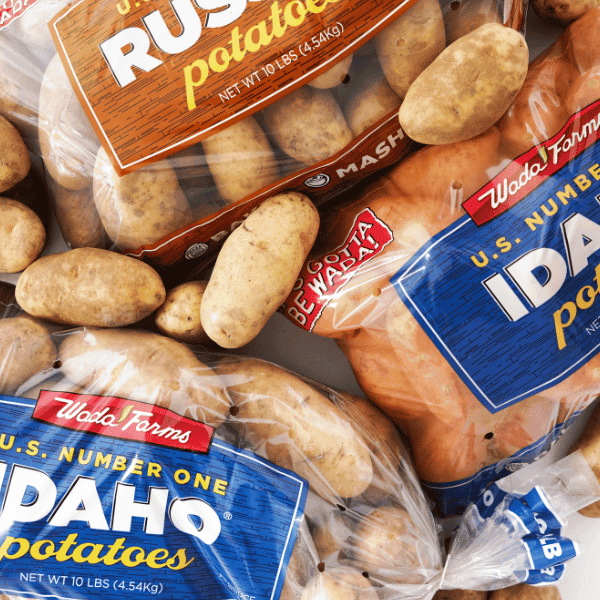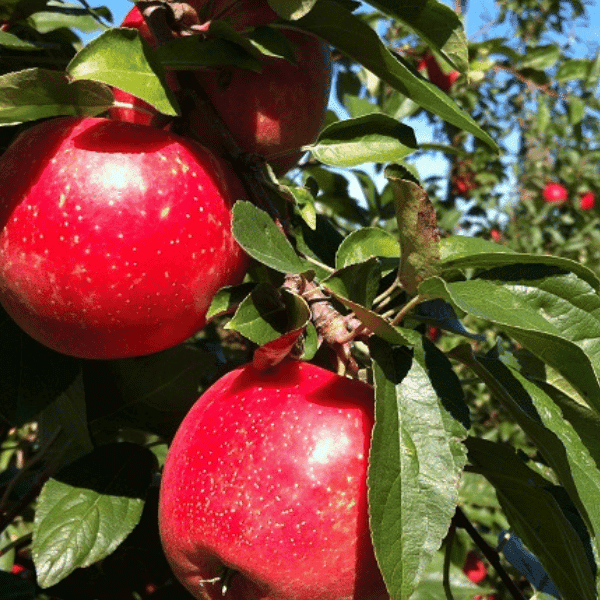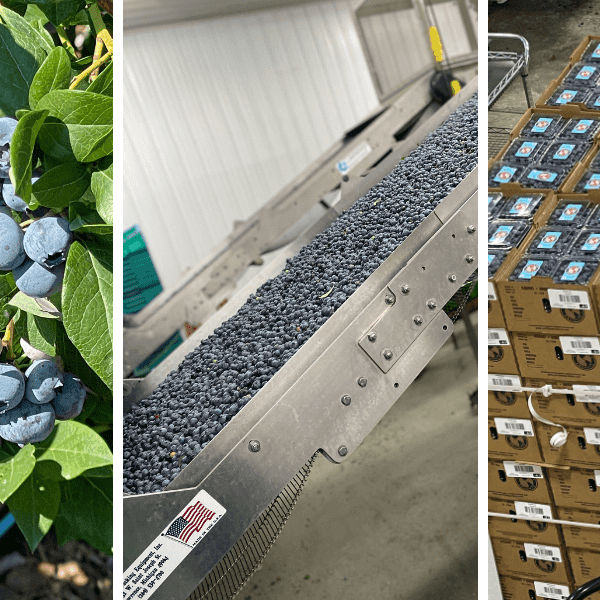Ask the Produce Expert: Sweetie Sweet Onions
Sep 18, 2015
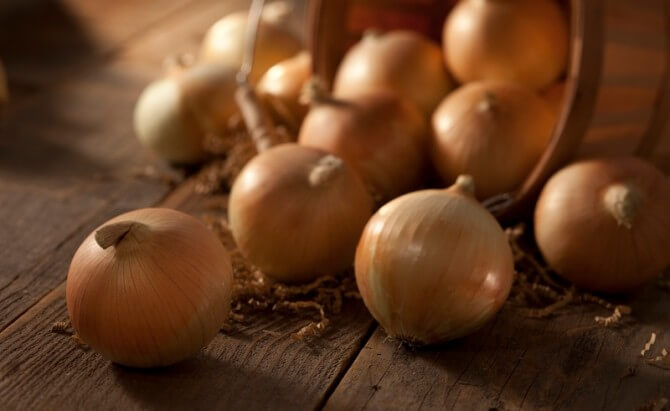
This post may contain affiliate links. Please read our disclosure policy.
Today’s Expert: Peri & Sons Farms
Welcome to the 10th edition of our featured series, titled “Ask the Produce Expert.” In this series, we feature one of our partner growers, suppliers or commodity boards, and ask them farming industry-related questions that will help us, as consumers, become more educated on the food that we purchase and eat on a daily basis. If you have a question that you want answered by an industry expert – it’s as easy as tweeting at me or posting it on my Facebook page! I am eager to work your questions into this series!
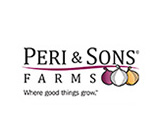
Browse their website to learn about their efforts to bring safe, nutritious, no-GMO onions to market, in an environmentally responsible way, and how Peri & Sons is making a positive impact on the social and economic well-being of their employees and local communities.
Peri & Sons is the only grower of Sweetie Sweet® onions, which are available from mid-July through December each year. All Peri & Sons Farms’ onions are either grown organically or using certified, clean, safe and traceable practices, and are shipped year-round, directly from their family farms in Yerington, Nevada and Firebaugh, California.
For more information visit www.periandsons.com or sweetiesweet.com, or follow the company on Facebook, Twitter, and Pinterest.
In this edition of Ask the Produce Expert, David Peri, President and CEO of Peri & Sons Farms, will be our featured expert. David will share his knowledge and expertise framed around Peri & Sons’ sweetest product – Sweetie Sweet® onions, and addressing several frequently asked questions about sweet onions in general.

In 1902, David Peri’s grandfather emigrated from Italy and started a small farm in Lockwood, Nevada. The original Peri family farm passed from David’s grandfather to David’s father and uncle, but the third generation of Peri’s took different paths. While his siblings pursued other interests, David knew from a very early age that farming was his singular passion. Immediately after graduating high school, he followed his heart and built his own farming operation further out in Yerington, Nevada – Peri & Sons Farms®.
While still in his early 20s, David shrewdly started buying acreage, and began focusing his efforts on growing onions—a product that he believed would increase in demand in the coming years. What started in a 100-acre field over 30 years ago is today a multi-million dollar business and one of the world’s largest onion operations, with over 7,500 acres in production.
Peri & Sons Farms is now the largest private employer in Lyon County, currently supporting over 220 year round full-time positions, and a seasonal work force of over 1,400 full-time employees. The company’s direct and indirect impact on the economy in Northern Nevada now exceeds $75 million.
And now, let’s dive into the questions!
When did Peri & Sons Farms first start growing sweet onions?
In 1998, Peri & Sons Farms started developing a truly sweet onion cultivar because our retail and wholesale customers wanted us to offer a sweet onion for the late summer/fall and holiday season. No other domestic onion filled that need fully at the time. So that’s what we set out to do. After several thousand hours of research (with help from some farm and seed professionals) our Sweetie Sweet® entered the market in 2003. Our first crop was grown on 40 acres and yielded about 1.6 million pounds. As the demand for sweet onions continued to grow, so did our acreage. We now sell about 35 million pounds of sweet onions annually and we expect more growth to come.
Why does the Sweetie Sweet season only last five months?

We work hard and plan our crop carefully so that we grow just enough Sweetie Sweet onions to cover demand and have them available within the time frame that we know our Sweetie Sweet will naturally retain optimal freshness.
Do your Sweetie Sweets start from bulbs or seeds?
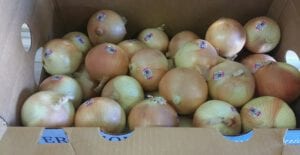
How do you keep Sweetie Sweets looking so nice?
One of the things we do to ensure our Sweetie Sweet onions maintain the highest quality possible is that we still take the time, and incur the extra labor costs, to hand-harvest them in the field. Nowadays most onions are mechanically harvested using large machines. Unfortunately, these machines have a tendency to nick and bruise the onions damaging the appearance, but more importantly, damaging the skin, which allows bacteria to enter. Nicks and bruises compromise the onion’s quality and speeds up the decay process.
How do I select a good sweet onion?
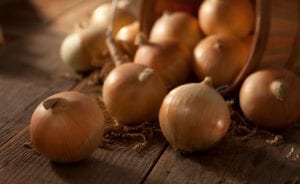
Although flat-shaped onions have generally been the most widely advertised “sweet” onion, shape itself is not an indicator of sweetness. We urge produce-sellers and consumer alike to examine the texture and color of the skin and to ask whether the sweet onions they are buying are guaranteed to be sweet. Have they been tested? Whether it’s large, small, flat or round, in the end, taste is what matters. A sweet onion is expected to taste sweet with no mouth burn. If you are unsure, make sure to ask the produce team so you know you are getting the true sweet onions you are paying extra for.
How do we know your Sweetie Sweet onions are as sweet as you say?

At Peri & Sons, we have a highly-trained farm and agronomist team dedicated to monitoring and testing our Sweetie Sweet onion crop throughout the growing season. Years of experience growing our Sweetie Sweet helps to minimize risk, but just to make sure we put our onions through the SweeTEST™ process
Our SweeTEST process involves testing fresh onions, which have been selected across the crop using GPS tracking, at a highly-respected, third-party lab with over 30 years of onion-pungency research experience. The process tests our onions for brix, sugars and pyruvic acid and additionally, but we go even further and also test for flavonoids, lachrymatory factors and thiosulfate ─ things that impact the overall flavor. Only onions that meet the SweeTEST criteria for sweetness and for flavor qualify as Sweetie Sweets.
What’s are some of the best uses or recipes for sweet onions?
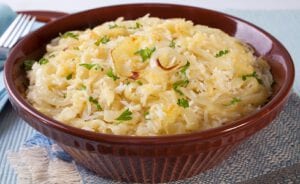
In my opinion you get the fullest flavor experience when you eat a good sweet onion raw or minimally grilled. A nice thick slice on a burger or sandwich adds a wonderful burst of flavor and crunch. Simply mouthwatering. You can thread them on a kabob or stuff-and-bake them too. Sweetie Sweets caramelize really well, because of their high sugar content, but make sure not to stir them too vigorously because they are delicate and watch them closely so they do not overcook or burn.
Well, that concludes the 10th edition of our Ask the Produce Expert series!
A big thank you to David Peri for sharing his expertise and insight on sweet onions and the onion farming business.
I learned so much… I cannot wait for our next Ask the Produce Expert blog!
#FreshProduce rules – thank you for serving fruits & veggies to your family!!!
xoxo The Produce Mom
Sign up here for our weekly newsletter if you want more fun recipes, cooking tips, and more!

